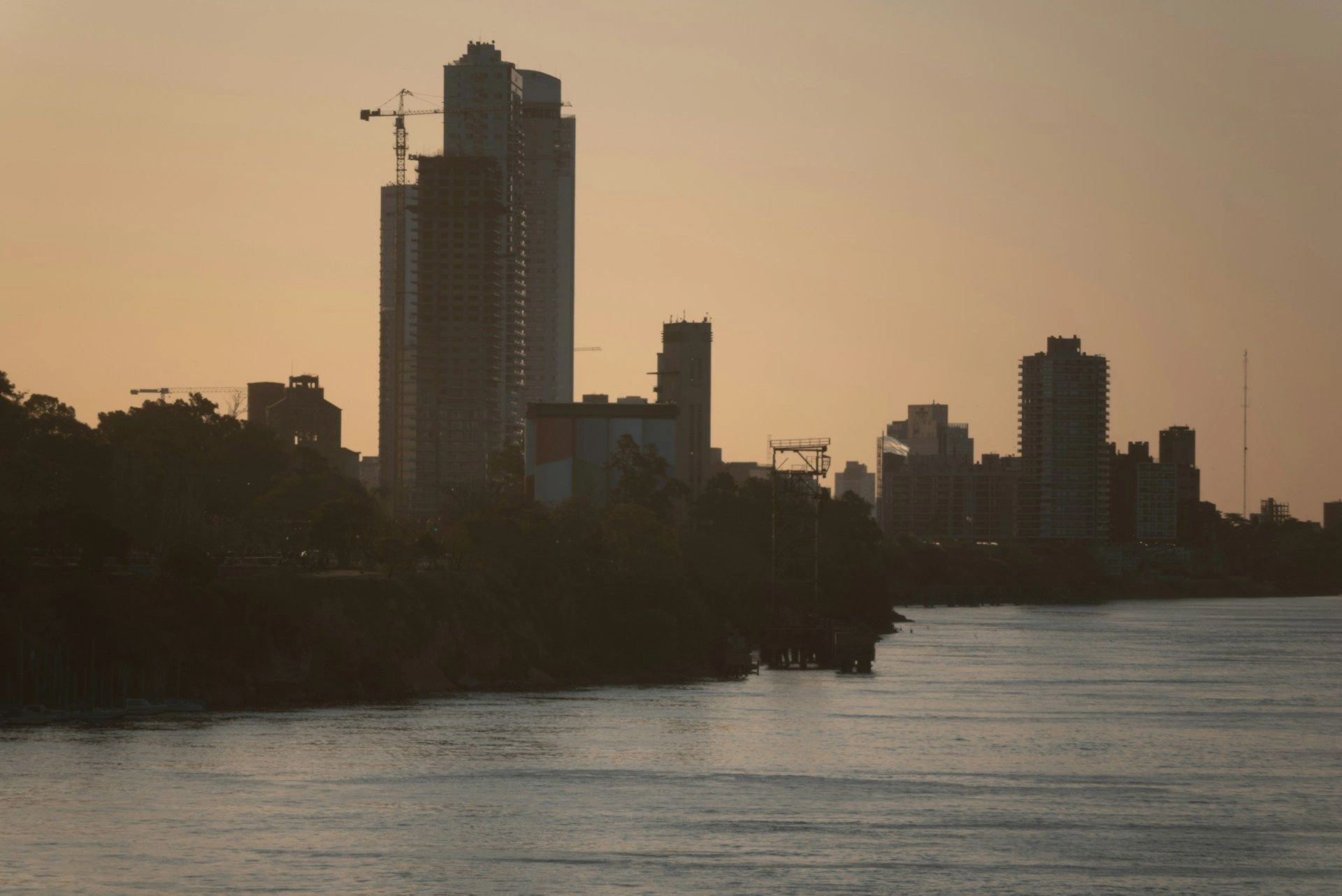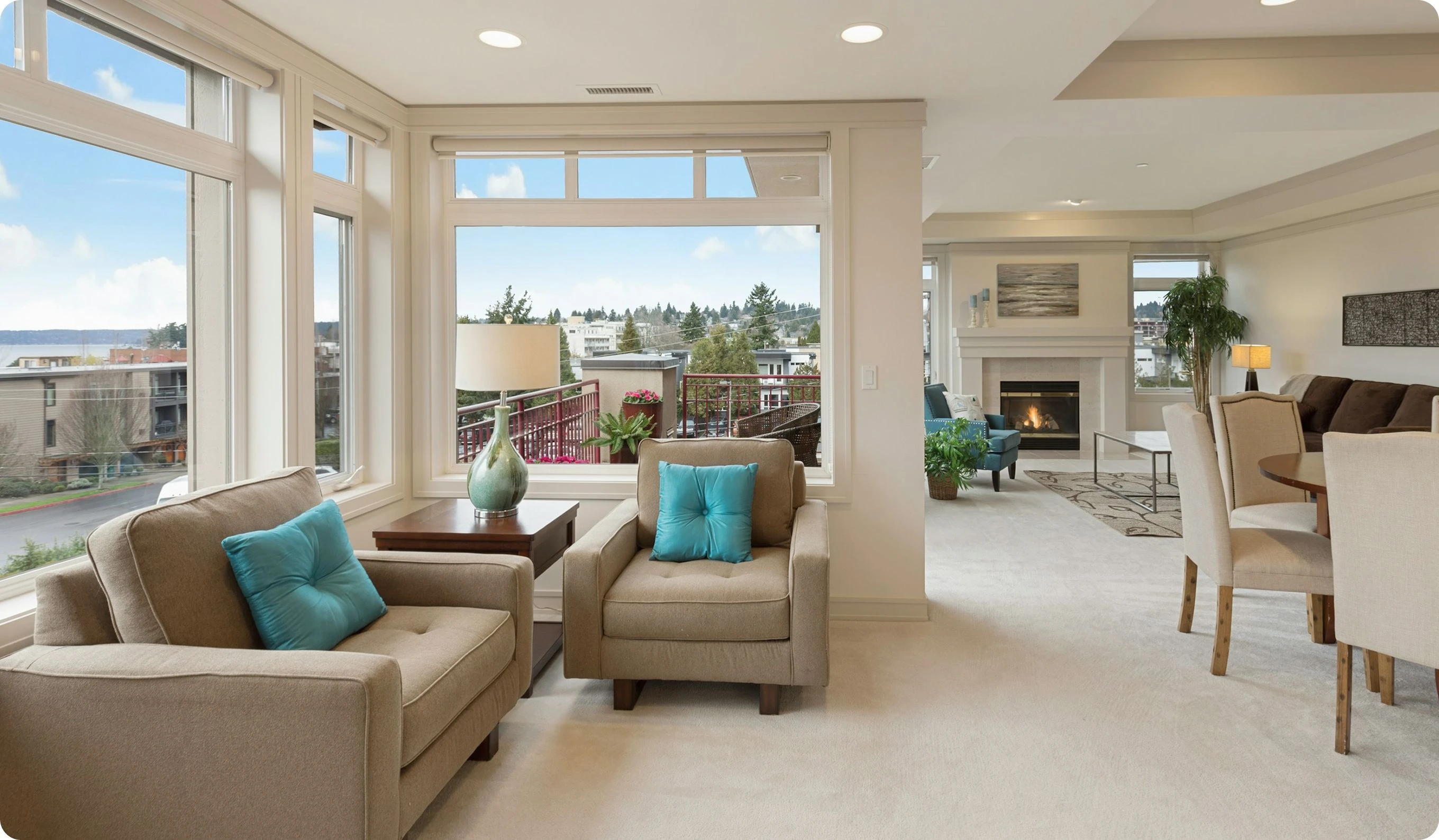High-Yield Income-Generating Properties in RosarioRiver citywith industrial edge and culture

Best offers
in Rosario
Benefits of investment in
Argentina real estate
Low-cost entry in a high-demand market
Buenos Aires offers classic architecture and strong tenant interest at accessible prices.
Attractive yields in USD-based leases
Many rentals are dollarized, protecting returns from local currency risks.
Global cultural appeal and urban charm
The city draws creatives, students, and digital nomads year-round.
Low-cost entry in a high-demand market
Buenos Aires offers classic architecture and strong tenant interest at accessible prices.
Attractive yields in USD-based leases
Many rentals are dollarized, protecting returns from local currency risks.
Global cultural appeal and urban charm
The city draws creatives, students, and digital nomads year-round.

Useful articles
and recommendations from experts
Real Estate in Rosario, Argentina
Why Invest in Property in Rosario
Rosario, Argentina’s third-largest city, is increasingly recognized as a strategic destination for real estate investment. Located in the province of Santa Fe along the Paraná River, it is a dynamic economic and cultural hub with a strong industrial base, thriving port activity, and a growing student and middle-class population. With prices significantly lower than in Buenos Aires, yet solid demand for both residential and commercial property, Rosario offers a compelling value proposition for investors seeking medium- to long-term returns in an urban, livable setting.
Types of Properties Available
The Rosario property market is diverse, with options suited for both small-scale and institutional investors:
- Apartments — The most common investment asset, especially in central areas like Centro, Pichincha, and Echesortu. Includes studios, 1- to 3-bedroom units, and penthouses.
- Duplexes and townhomes — Increasingly popular in neighborhoods like Fisherton and Alberdi for family-oriented buyers.
- Commercial storefronts — Located along pedestrian corridors or transit arteries such as Av. Pellegrini and Córdoba Street.
- Industrial and logistics warehouses — Especially near the port and outer ring road for distribution businesses.
- Riverfront developments — New residential and mixed-use projects along the revitalized waterfront, offering high-end amenities.
- Land for development — Available in peripheral areas and upcoming residential zones with access to utilities and public services.
Ownership and Legal Framework
Foreigners can purchase real estate in Rosario (and all of Argentina) without restriction. Key requirements and considerations include:
- CDI (tax ID) — A local tax number is required to register property ownership.
- Transactions in USD — Most deals are negotiated and closed in US dollars to avoid inflation exposure.
- Notarial oversight — Transactions are supervised by a public notary (escribano), who performs due diligence and records the property transfer.
- Property taxes — Annual taxes are relatively low, and owners pay monthly municipal service fees as well.
- Rental regulation — Lease terms and rent increases are subject to national laws, though short-term rentals have more flexibility.
Price Ranges and Market Trends
Rosario is considered one of Argentina’s most affordable large cities. Property prices have adjusted significantly in USD over the past five years, creating excellent buying opportunities. As of 2025:
- Mid-range apartments: $900–$1,500 per m² in areas like Echesortu or Martin
- Premium new builds: $1,800–$2,500 per m² in Puerto Norte, Pichincha, or near Parque España
- Townhomes and duplexes: $120,000–$300,000 depending on size and zone
- Commercial storefronts: $1,500–$3,500 per m² in central commercial corridors
- Land plots: $50–$120 per m² in residential growth zones like Funes or Ibarlucea
- Long-term residential rentals: 4%–6% annual returns
- Short-term furnished rentals: 7%–10% gross yields near universities or touristic areas
Best Neighborhoods for Investment
Rosario offers several investment-worthy districts with distinct profiles:
- Centro — The city’s downtown core with high-density residential and commercial buildings. Suitable for long-term rentals and mixed-use investment.
- Pichincha — A trendy, walkable district with restaurants, nightlife, and boutique buildings. Ideal for Airbnb and short-term rentals.
- Puerto Norte — A rapidly transforming riverfront zone with luxury condos, green spaces, and panoramic views.
- Fisherton — A suburban-feel neighborhood with gated communities, shopping centers, and growing family demand.
- Echesortu — A centrally located residential district known for student housing and middle-class appeal.
- Alberdi — A historic northern neighborhood with parks and waterfront access, now experiencing a residential revival.
Investment Strategies and Profiles
Typical real estate investment strategies in Rosario include:
- Student accommodation — Purchasing 1- or 2-bedroom apartments in Echesortu or Centro to rent to students year-round.
- Short-term rental operations — Using Airbnb or Booking to lease furnished apartments in Pichincha or Recoleta-style buildings.
- Land banking — Acquiring undeveloped plots in suburban municipalities like Funes, anticipating infrastructure expansion.
- Mixed-use renovation — Buying older commercial properties downtown and converting upper floors into apartments or coworking.
- Build-to-sell — Constructing small-scale developments in growing middle-class zones for resale to end users.
Risks and Practical Considerations
As with any investment in Argentina, real estate in Rosario carries risks:
- Economic volatility — Property values are tied to USD pricing, while rental income may be in ARS, requiring careful financial planning.
- Capital controls — Currency conversion and international transfers require planning and local banking advice.
- Property liquidity — Resale timelines may vary based on location, pricing, and market cycles.
- Maintenance and security — Some older buildings may require upgrades or higher maintenance budgets to remain competitive.
Conclusion: Who Should Invest in Rosario
Rosario is ideal for value-conscious investors looking for stable rental income, strong local demand, and medium-term capital appreciation. It offers a lower-cost alternative to Buenos Aires with comparable urban amenities, cultural richness, and development potential. With a healthy blend of student renters, middle-class families, and growing commercial activity, the city supports a wide range of investment strategies. Whether you’re acquiring rental apartments, launching a boutique hospitality project, or developing land, Rosario is one of Argentina’s most accessible and rewarding secondary real estate markets.

